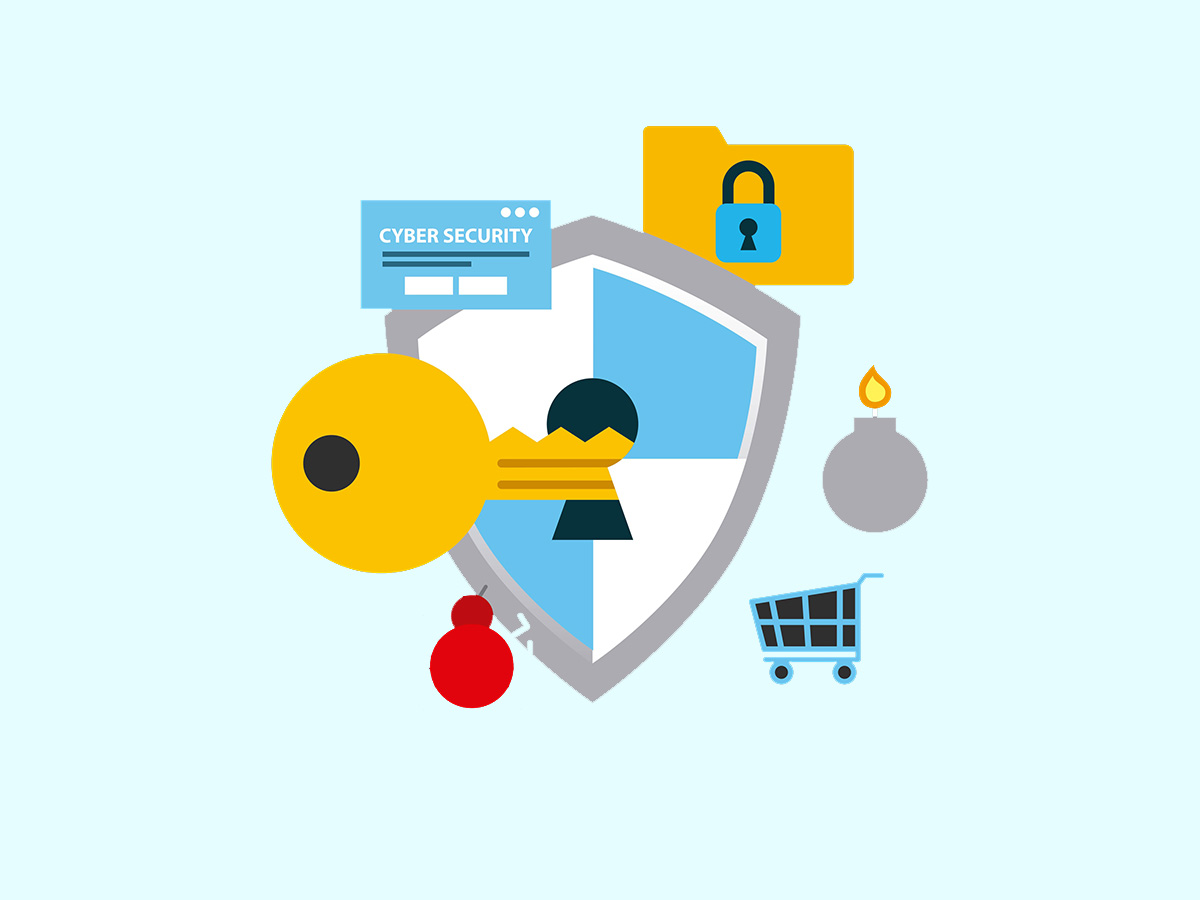Store-and-forward is a data communication technique where the information is automatically stored in an intermediate station before being forwarded to the next. Effectively, the data is sent to an area where it waits until the network’s next link is free for it to continue its journey.
Store-and-Forward Examples
1. Email System
Every time we send an email, it doesn’t go straight to the recipient. Instead, it first goes to an email server that acts as an intermediate station. This server has storage capabilities and holds onto the email until the recipient’s email server is ready and available. This is a perfect example of the store-and-forward method.
Stay One Step Ahead of Cyber Threats
The advantage of this is if there is a connectivity issue or the recipient’s server is down, your email won’t get lost. The sending server keeps trying to send the email at regular intervals until it’s successful. Hence, it ensures the transmission of your email is completed without any hiccups. This optimized system has made the process of sending and receiving emails efficient and reliable.
2. Fax Machines
Although seemingly old-school, fax machines are another example where store-and-forward comes into play. When you attempt to send a fax and the recipient’s fax machine is engaged or not picking up, your fax machine doesn’t just scrap the task. Instead, it stores the data of the document that needs to be sent.
Following the store-and-forward method, the machine will try to resend the document at regular intervals. This ensures that the information reaches its destination when the recipient’s fax becomes available. This time-tested procedure ensures that important documents are not lost and reach their destination accurately.
3. Voicemail
Voicemail is another common example of the store-and-forward technique. When you receive a call that you’re unable to answer, the caller is directed to leave a message.
The voicemail system stores this message, making it available for you to listen to at your convenience. This process mirrors the store-and-forward method in that the voice message is stored first and then forwarded for later access when you’re available. This feature ensures that you don’t miss out on important messages even when you’re unable to take calls.
Conclusion
The store-and-forward methodology is an integral component in various communication systems, facilitating a smooth and reliable data transfer. Whether it’s sending emails, forwarding faxes, or leaving voicemails, it ensures no information is lost, maintaining a seamless communication flow.
Key Takeaways
- Store-and-forward is a data communication method that ensures secure and reliable transmission.
- This process is widely used in systems like email servers, fax machines, and voicemail systems.
- In the case of network issues, the data is stored and repeatedly attempted to forward until successful.
- This method helps in maintaining the continuity of communication and preventing the loss of data.
- It is crucial for enabling time-discrepant communication, allowing message retrieval at the receiver’s convenience.
Related Questions
1. What is the main principle behind the store-and-forward method?
The main principle behind the store-and-forward method is storing the entire data in an intermediate station (like a server or device), and then forwarding it to the next stop whenever that is ready to receive the data.
2. How does store-and-forward improve communication efficiency?
Store-and-forward improves communication efficiency by preventing data loss due to network connectivity issues or receiver unavailability. It ensures the transmission gets completed eventually, maintaining a smooth and reliable communication flow.
3. Does store-and-forward imply any delay in communication?
Yes, there might be a slight delay in communication due to the storage and waiting phase in the store-and-forward process. However, this delay is often negligible and doesn’t impact the overall efficiency of communication.
4. What are other examples of systems that use the store-and-forward method?
Besides email, fax, and voicemail services, other examples include some types of network routers, packet-switched networks, and news servers.
5. Does store-and-forward also apply to digital marketing?
Yes, digital marketing also utilizes store-and-forward. For instance, email marketing campaigns are sent in bulk to servers that then distribute them to recipients. Similarly, social media posts may be scheduled and stored by various platforms to be forwarded or posted at the optimal engagement times.
"Amateurs hack systems, professionals hack people."
-- Bruce Schneier, a renown computer security professional






